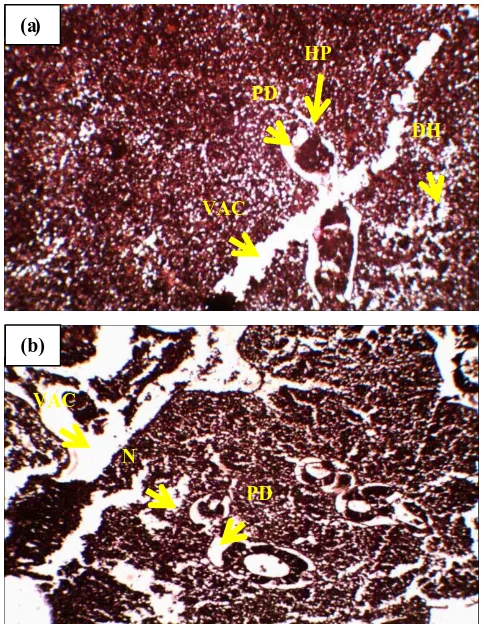Article: Changes in hepatosomatic index and histoarchitecture of liver in common carp exposed to organophosphate insecticide sumithion
Full text
Figure



Related documents
We present: (i) annually-resolved gridded summer temperature fields over Europe for the period 755 –2003 of the Common Era (CE) based upon Bayesian hierarchical modelling (BHM;
This study was planned to determine the level of PBM that could be used to replace fish meal in practical diets for Common carp (Cyprinus carpio)
The fundamental purposes of this study were to see whether (1) there was a relationship between Iranian EFL teachers’ degree of reflectivity and their students’ language
A total number of 1600 cultured freshwater fish species; Oreochromis niloticus (O. garepinus), Ceprinus carpio (common carp) and Mugil cephalus, 100 of each fish species
Findings indicate that Chinese exports to South Africa have not supplanted total EU exports to South Africa, unlike the case with the country’s other previous leading trade
The aim of this study was to examine some potential effects of 4-Nonylphenol (4-NP), Bisphenol A (BPA), and mixture of them on common carp, Cyprinus carpio and demonstrate induction
Abstract: Fish cakes prepared from Common carp (Cyprinus carpio) were assessed for proximate, chemical, microbiological and sensory quality changes for a period of 15
In yet another experimental trial on Diazinon toxicity, the common carp (Cyprinus carpio) was exposed to diazinon to determine the lethal concentration (LC50) values